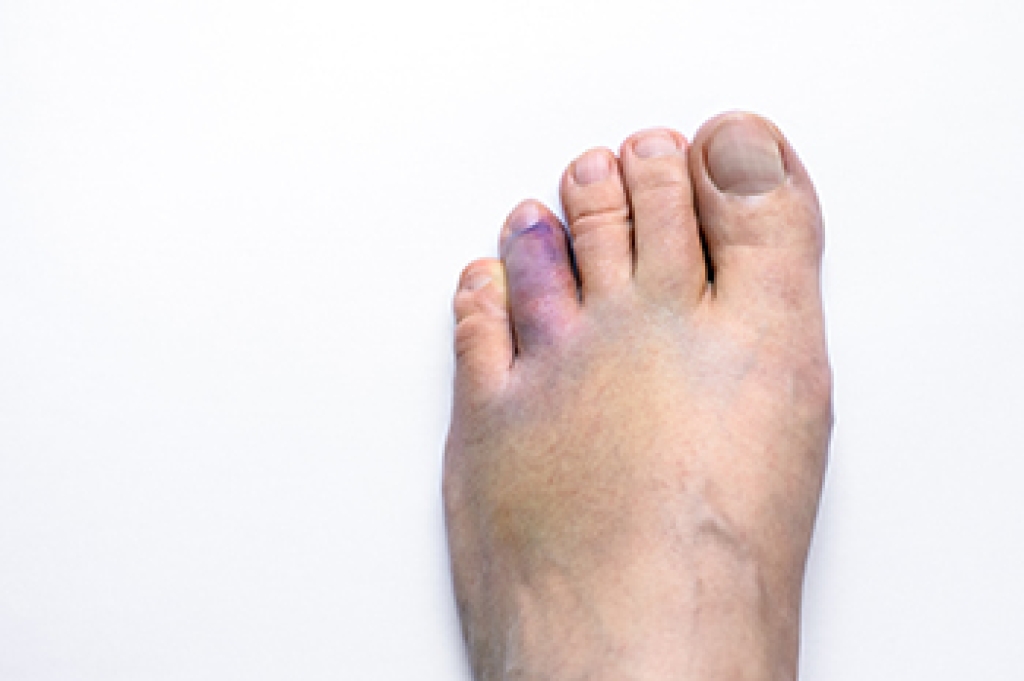
Foot stress fractures, often seen in athletes and military personnel, are tiny cracks or breaks in the bones of the foot, typically caused by repetitive stress and overuse. Unlike acute fractures resulting from sudden injuries, stress fractures develop over time due to the cumulative impact of activities like running or jumping. Those at higher risk include athletes engaging in high-impact sports, dancers, and individuals with sudden increases in physical activity. Female athletes, in particular, can be prone to stress fractures, often linked to factors such as hormonal changes and inadequate nutrition, affecting bone health. Additionally, those with certain medical conditions, low bone density, or wearing improper footwear may also face an increased risk. Understanding foot stress fractures, their causes, and risk factors is vital for preventing these painful injuries, ensuring the safety and well-being of those most susceptible. If you have developed a foot stress fracture, it is strongly suggested that you visit a chiropodist who can help you with appropriate treatment, and guide you toward effective prevention techniques.
A stress fracture often requires medical attention as it can progress and worsen over time. Please consult with one of the chiropodists from The Footcare Centre. Our chiropodists will assess your condition and provide you with quality foot and ankle treatment.
A stress fracture refers to a fine crack in a bone. This type of fracture is especially common in the feet, as they often endure repetitive pressure from daily activities such as walking or running. Stress fractures occur when the affected bone can not support the load being placed on it. Stress fractures in the foot can occur in any bone, but often affect the metatarsal bones which connect the toes to the rest of the foot, the heel bone, or the navicular bone on the top of the foot.
Symptoms
Symptoms of a stress fracture may include:
- Deep, dull pain
- Sharp, localized pain
- Intermittent pain
- Tenderness
- Weakness
- Swelling
- Bruising
- Changes in the biomechanics of the foot
Diagnosis
Stress fractures in the foot are diagnosed via medical history and a physical exam. You may also need to have diagnostic imaging tests like X-rays, MRIs, CT scans, bone scans, or an ultrasound performed to confirm the diagnosis and to rule out any other problems.
Treatment
Nonsurgical treatment options include resting, icing, compressing and elevating the affected foot, taking nonsteroidal anti-inflammatory pain medications, modifying your footwear, wearing a cast, and using crutches. Certain types of foot fractures, such as navicular fractures, respond poorly to nonsurgical treatment and may need surgery to fully heal.
If you have any questions, please feel free to contact our office located in . We offer the newest diagnostic and treatment technologies for all your foot care needs.




